Affiliate links on Android Authority may earn us a commission. Learn more.
Google's other hardware acquisitions: Where are they now?
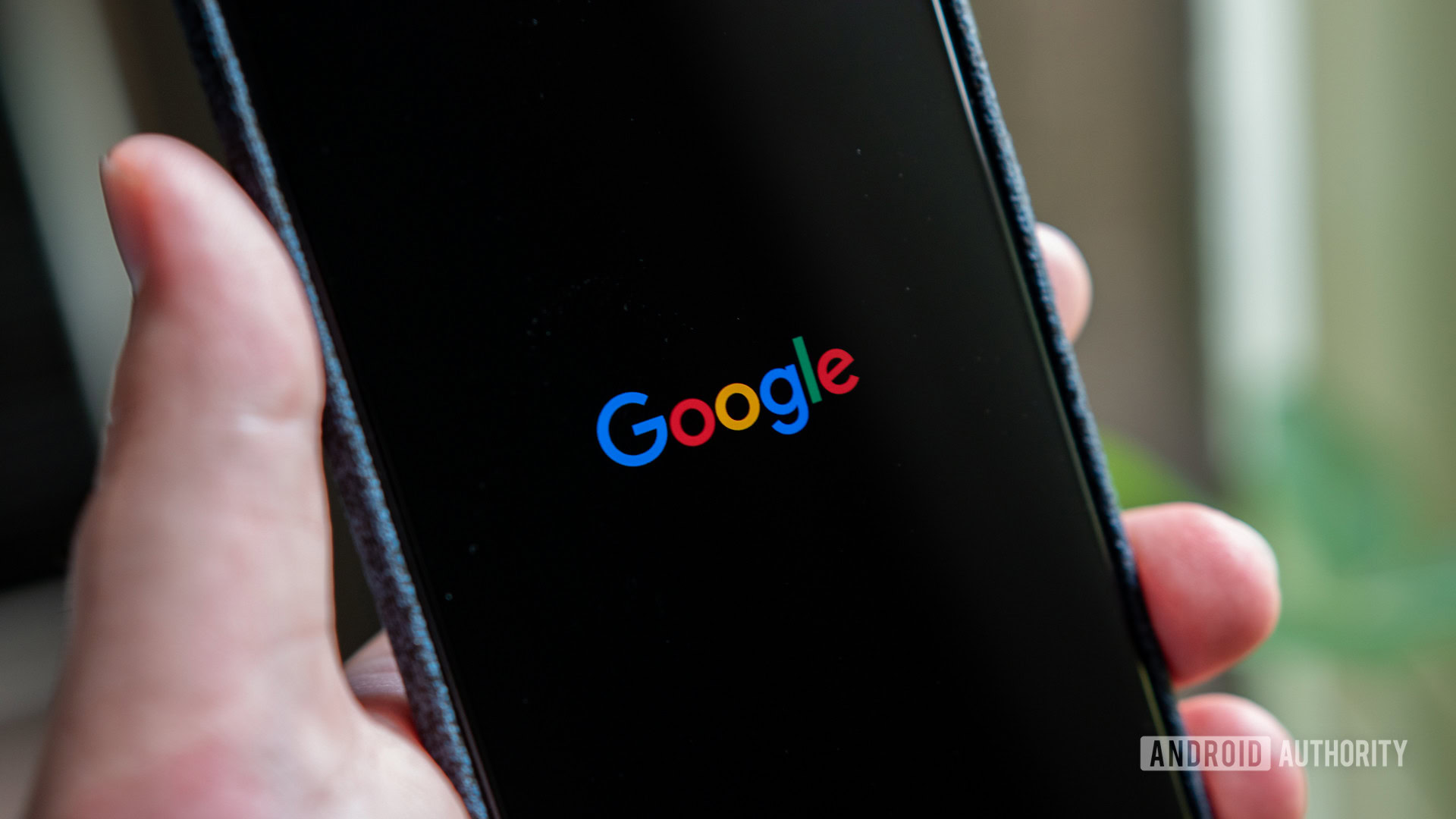
One of the biggest pieces of news over the past few weeks is Google’s acquisition of Fitbit, which makes popular fitness tracking hardware such as the Fitbit Versa series of smartwatches. While this most recent Google hardware acquisition is an important step for the company in creating its own wearables, it’s hard not to be pessimistic about the future of Fitbit.
You see, Google’s track record when it comes to acquiring hardware companies is not the greatest. Most of the companies purchased by Google either fail or simply get integrated with other Google brands. The list of Google hardware acquisitions that stand the test of time is quite small.
We obviously have no idea if Fitbit is going to thrive or fail under Google, but we can get an idea for its chances by looking at Google’s history. Below, you’ll find a list of the most prominent Google hardware acquisitions and what’s happening with those companies today.
Motorola Mobility
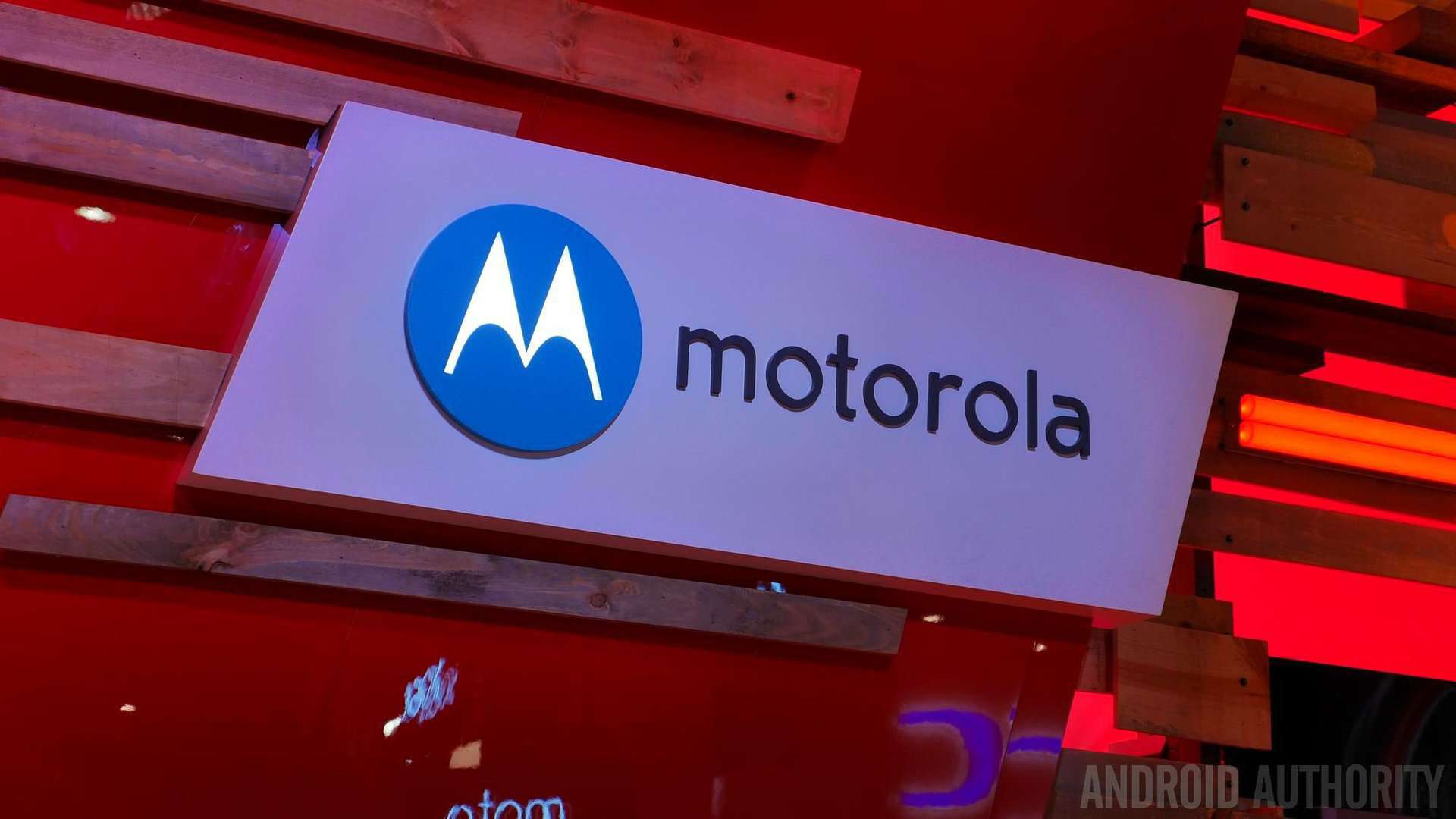
Google’s purchase of Motorola Mobility in 2011 is probably one of the most famous buys in the company’s history. The deal cost Google $12.5 billion, which makes it still, by far, the biggest Google hardware acquisition ever.
Google’s intent with the purchase was multi-faceted. The company wanted control over the thousands of mobile-related patents Motorola had at the time, with the intention of using those patents to defend against numerous Android-related lawsuits from competitors (most notably Apple). Google also wanted to enter the smartphone hardware space by introducing high-quality entry-level devices specifically catered to emerging markets.
However, the plan didn’t work out as Google had hoped. By 2014, Google revealed it would sell Motorola Mobility to Chinese manufacturer Lenovo. That sale earned Google just $2.91 billion, a meager percentage of what it originally paid. Google did get to keep a majority of Motorola’s patents, though.
HTC talent
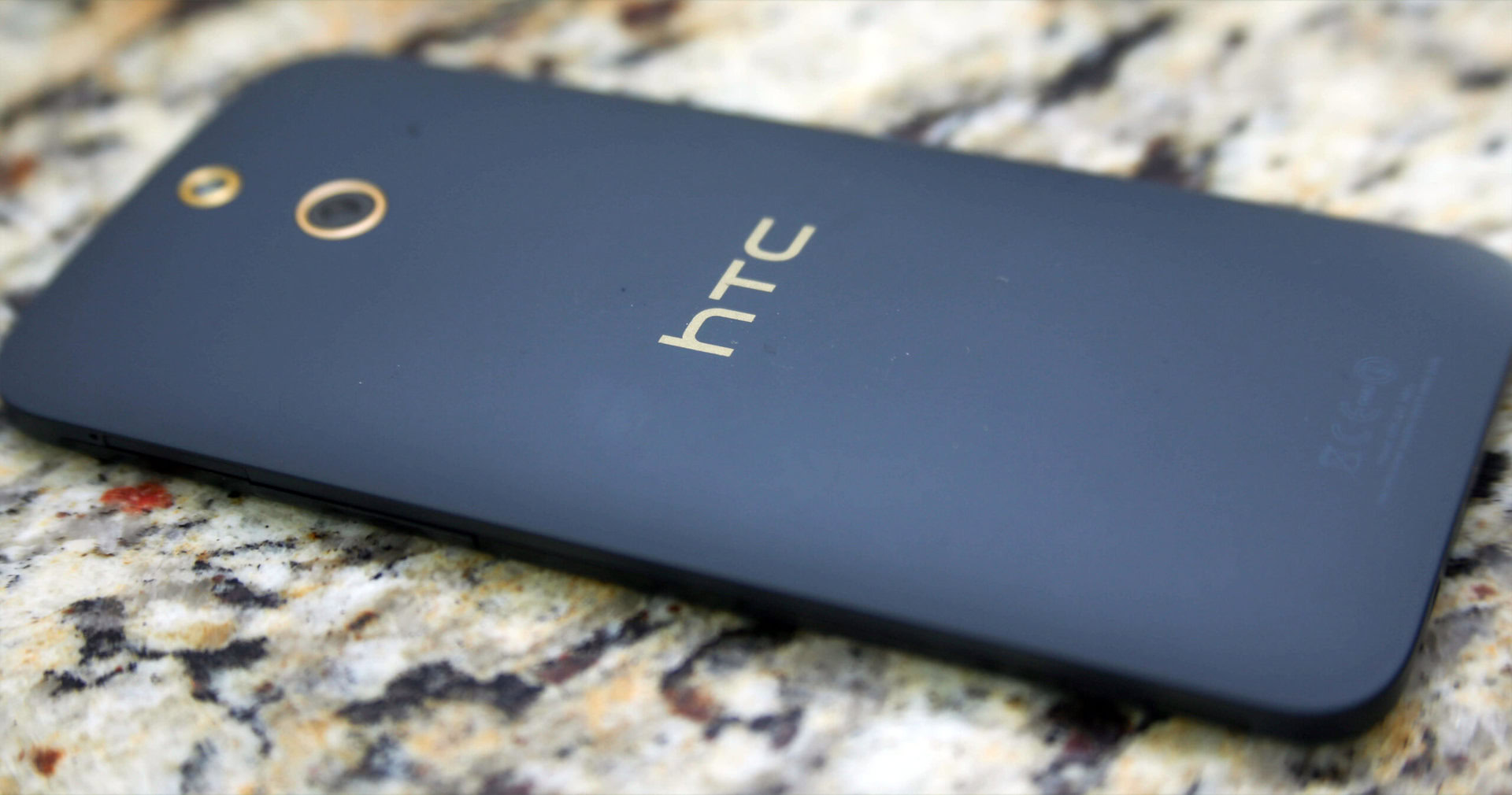
Purchasing the entirety of Motorola’s smartphone business wasn’t the last time Google attempted to buy its way into the hardware manufacturing business. In 2017, Google announced it had purchased a large chunk of HTC’s design and research talent as well as non-exclusive rights to some of HTC’s intellectual property. The deal cost Google $1.1 billion.
Google and HTCworked very closely together to develop the first Google Pixel smartphone, which landed in 2016. Although the Pixel was designed by Google and marketed as a “Made by Google” product, HTChad a massive hand in the device’s creation.
Related: HTC in 2019: Last chance saloon
Google’s HTCpurchase a year later was a strategic maneuver to develop future Pixel smartphones without needing to sub-contract another company. The Google Pixel 3 — and every other Pixel smartphone since — is at least in part developed by the HTCteam Google bought.
Meanwhile, HTC itself is floundering, likely due in no small part to losing about half of its most talented designers and researchers in that sale.
Nest Labs
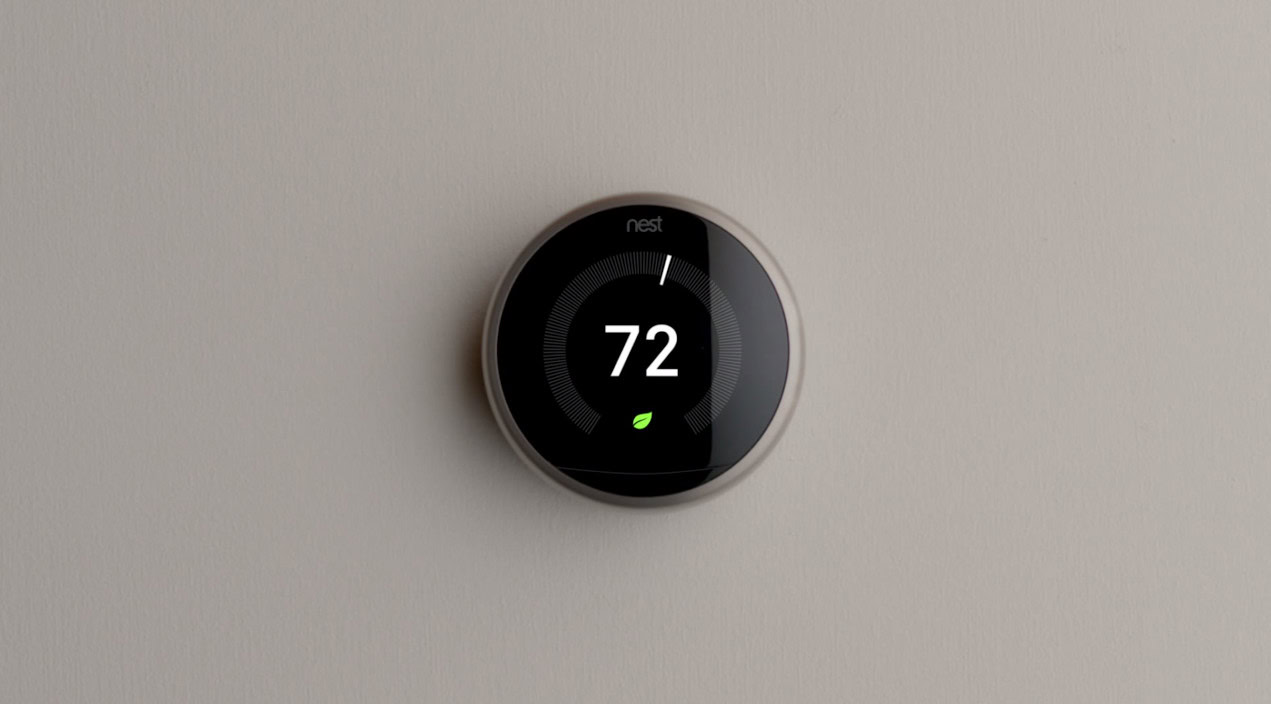
Two former Apple engineers started Nest Labs in 2010. By 2011, the first Nest-branded device appeared: the Nest Learning Thermostat. It was years before it released its second product, which was a smart smoke and carbon monoxide detector for homes.
In 2014, Google scooped up Nest in a $3.2 billion cash deal that closed within 24 hours. At the time, Google promised that Nest would continue to act as its own brand, as a separate entity from Google. However, this setup proved difficult with Nest’s corporate culture criticized as being very demanding, and various management shake-ups rocking the boat.
In 2018, Google’s rolled back on its promise to keep Nest a separate entity and announced it would start merging Nest into Google. This resulted in more management shake-ups, including the exit of Nest’s CEO as well as the chief product officer. Google than switched things up again by announcing that it would adopt the Google Nest brand name for all of Google’s smart home products — including those that Nest had nothing to do with — even going so far as to retroactively rename its existing Google Home Hub as the Google Nest Hub.
Dropcam
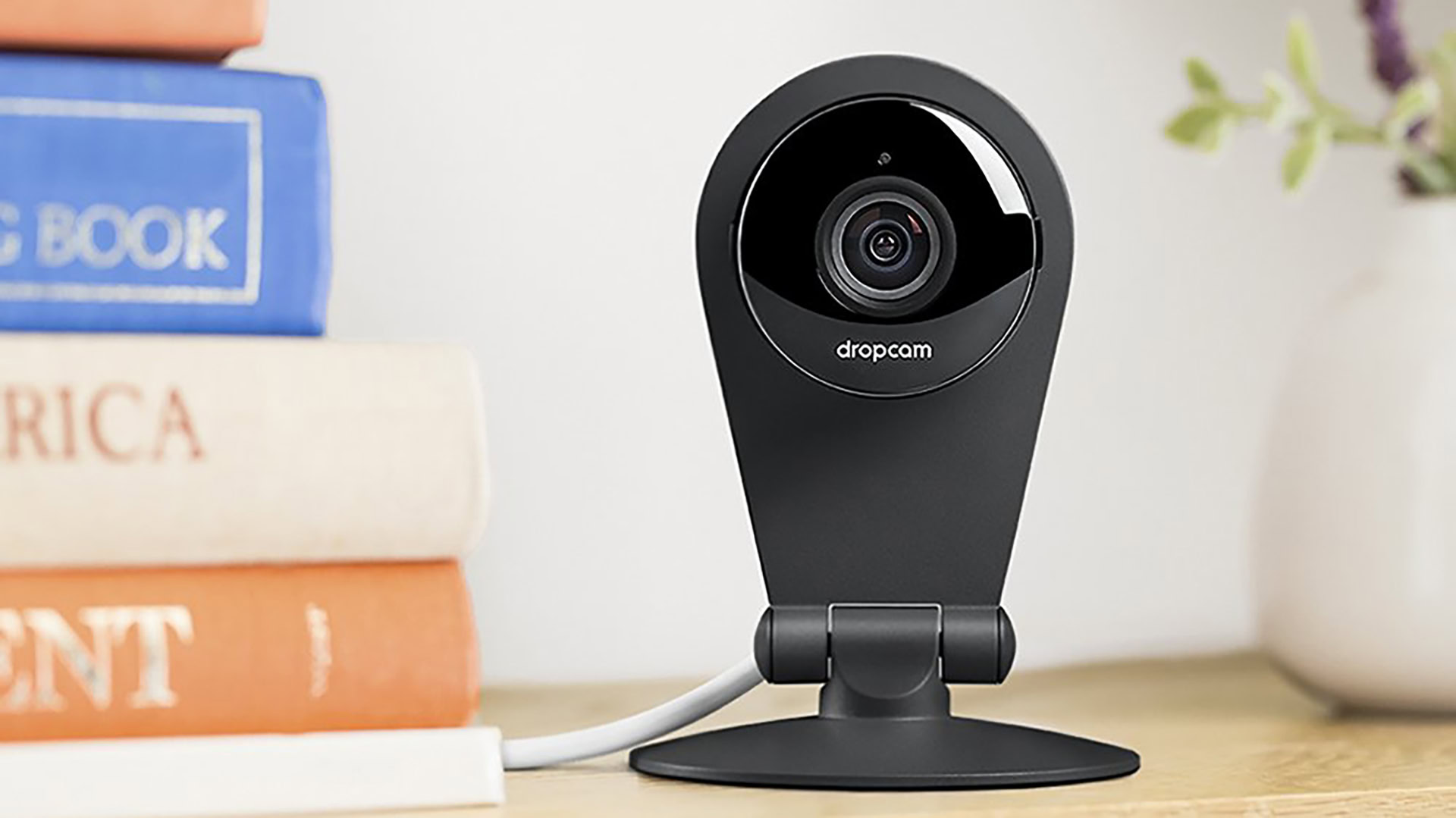
After Google acquired Nest, it very shortly thereafter acquired Dropcam. This Google hardware buy allowed Nest to create one of its star products: the Nest Cam.
At the time of the sale — which only cost Google $555 million — Dropcam had only two products: the Dropcam and the Dropcam Pro. Nest took those designs and tweaked them a bit to launch the first Nest Cam, which was marketed as a successor to the Dropcam Pro. Google and Nest then set about migrating Dropcam users to the “new” Nest app, which was simply a tweaked version of Dropcam’s original app.
After making these moves, Google then dissolved the Dropcam brand. Greg Duffy, the co-founder of Dropcam, openly regrets selling the company to Google.
Cronologics
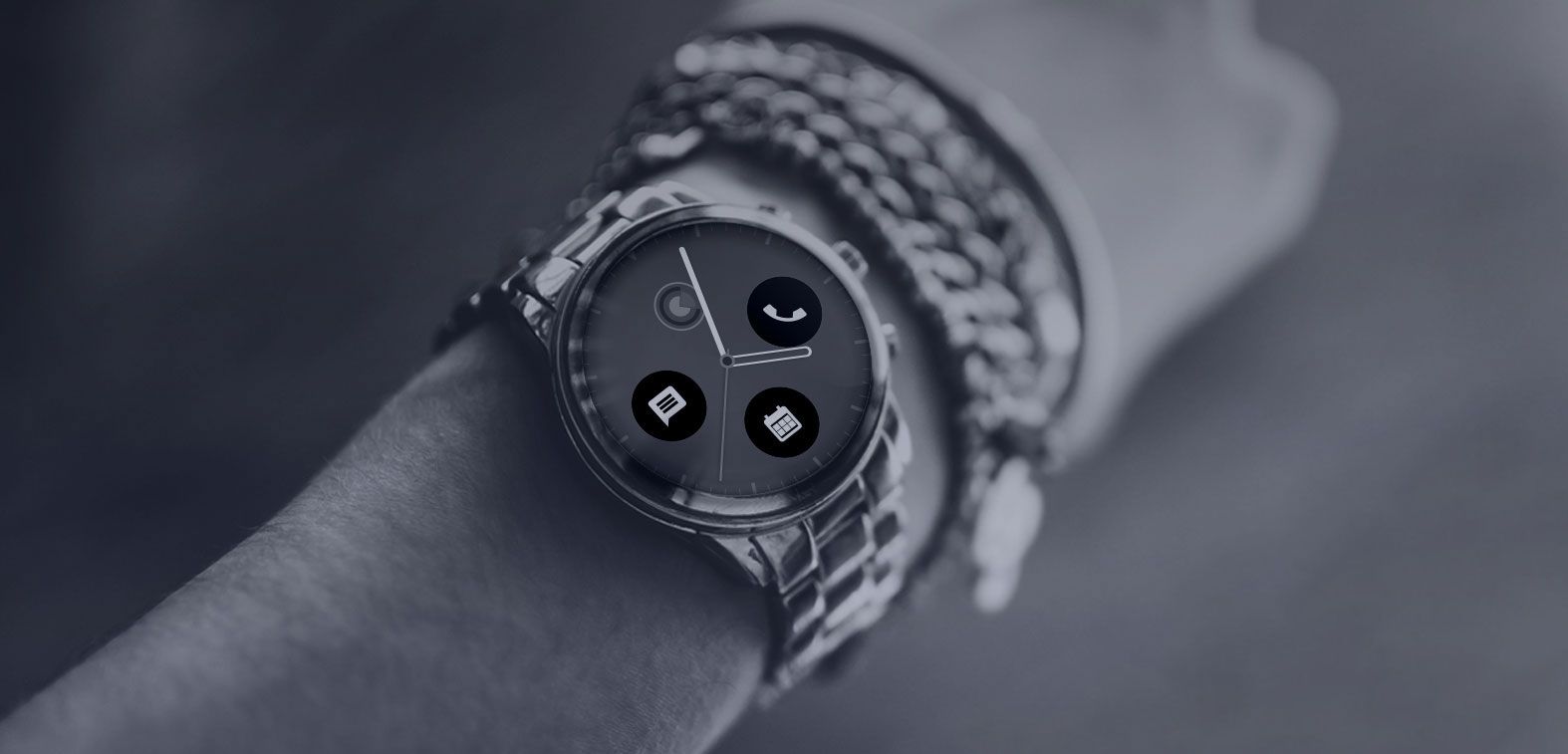
Believe it or not, Fitbit isn’t the first company Google’s purchased that focuses on wearable devices. In late 2016, Google purchased Cronologics for an undisclosed sum. Cronologics developed just one product before the Google hardware acquisition: the CoWatch as seen in the image above.
The CoWatch featured integration with Amazon Alexa, allowing the user to issue voice commands right to their smartwatch. The device’s retail price was $279 when it launched.
Related: Five years of Wear OS and it’s still too messy to recommend
Although Cronologics had a big hand in developing the CoWatch, that’s not why Google bought the company. Instead, Google wanted the team to work on Android Wear, the Android-based wearable operating system that would eventually become Wear OS. The Cronologics team was, at the time of Google’s purchase, working on its own wearable OS based on an open-source Lollipop-based version of Android.
After the purchase, Google dissolved Cronologics.
Titan Aerospace
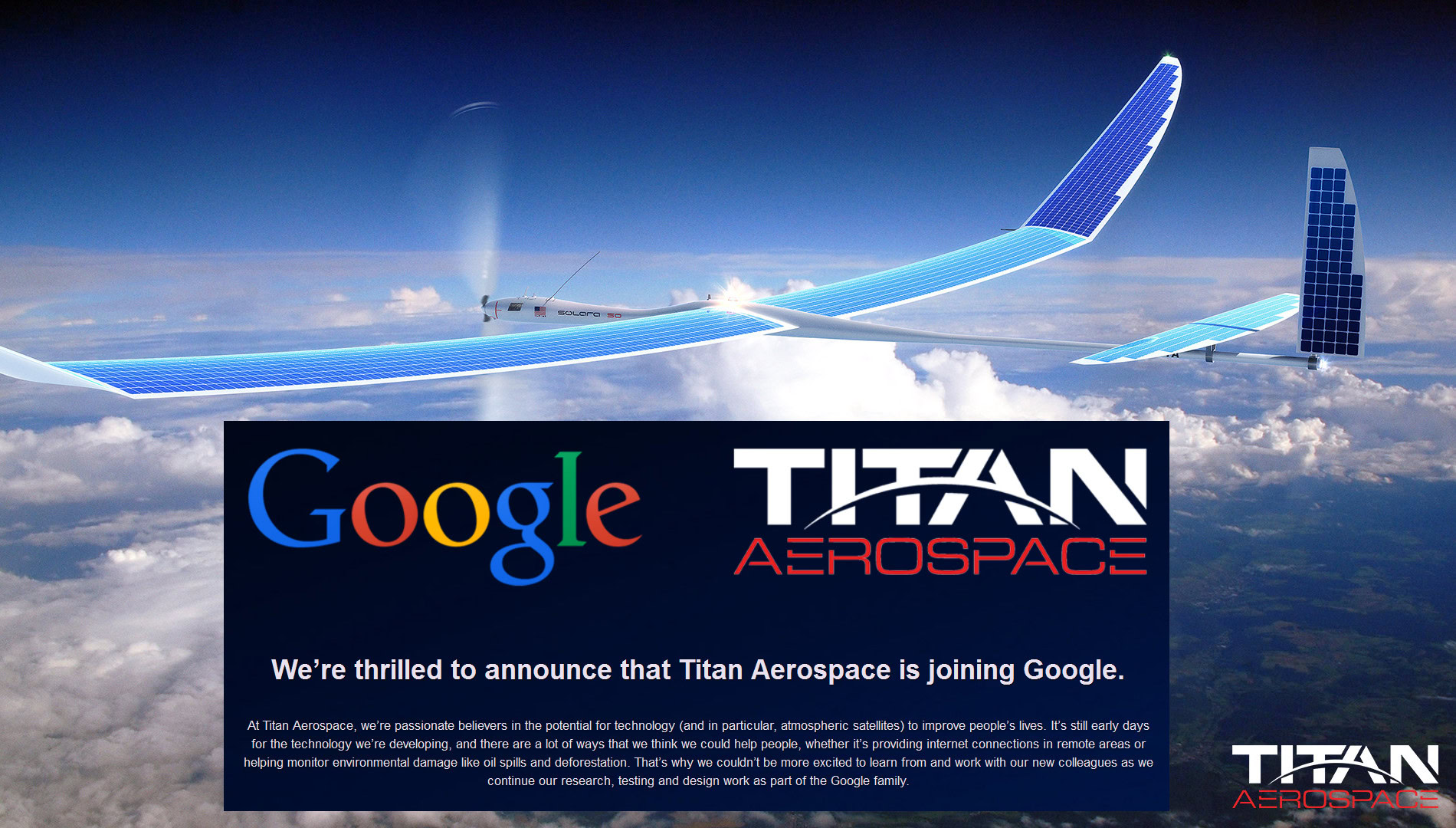
This is probably one of the more interesting Google hardware purchases in the company’s history. Titan Aerospace began in 2011 with the intention of developing unmanned aircraft that could theoretically fly on solar power alone for up to five years.
Originally, Facebook expressed interest in buying the company with the specific intention of using the aircraft to deliver high-speed internet to places around the world where that would be logistically difficult. Google, however, jumped on the idea instead and bought the company in 2014.
Google put Titan Aerospace under the experimental Google X division and renamed the company Project Titan. Google hoped Project Titan could deliver the aircraft it promised and, just as Facebook intended, use that aircraft to distribute wireless internet to underserved areas.
Unfortunately, by 2017, Google abandoned the project and dissolved what remained of Titan Aerospace. Instead, Google shifted focus to Loon, a very similar idea that uses balloons instead of winged aircraft.
Various robotics companies

Although we’ve yet to see any Made by Google robots, Google has been very involved in robotics development. In 2013, Google purchased no less than three prominent robotics companies: Meka Robotics, Redwood Robotics, and Boston Dynamics.
Meka Robotics primarily focused on human-robot interactions, creating robotic body parts and full humanoid machines. Redwood Robotics was a joint venture with Meka and other companies with the intention of developing robotic arms for use by humans. Both companies were put into the Google X platform and not much has been heard about them since.
Boston Dynamics is probably the most famous robotics company in existence being the creators of the BigDog robot. However, unlike Meka and Redwood, Google didn’t put Boston Dynamics into the Google X program. In 2017, Google sold Boston Dynamics to SoftBank — which owns the wireless network provider Sprint — for an undisclosed sum.
Fitbit
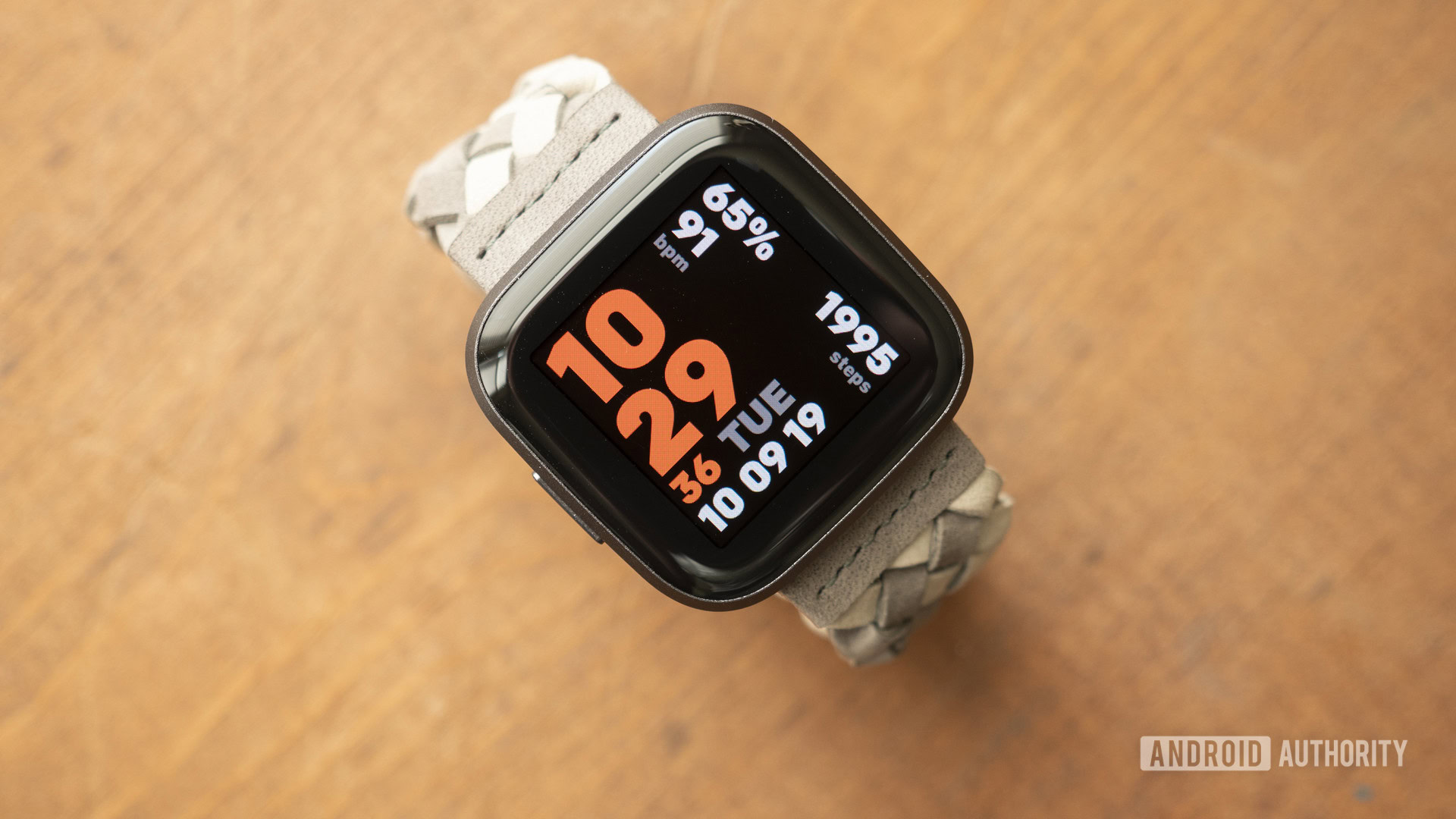
Now, we arrive at the most recent Google hardware acquisition: Fitbit. Since the deal is just days old at this point, we don’t have much of a clue about where the company is headed.
It’s unlikely Google is going to repeat what it did with Cronologics and push the Fitbit development teams to just work on Wear OS. It’s also unlikely that Google is going to repeat the mistake it made with Motorola Mobility and end up reselling the company in a few short years.
Instead, we expect Google to combine what it did with the HTCteam and what it did with Nest Labs. Google will likely release new smart wearables under the Fitbit name (or Fitbit by Google, or something along those lines) and then eventually release a Google-branded wearable created by the Fitbit team. These wearables might also incorporate aspects of the Fossil patents Google purchased earlier this year.
If things go well, eventually Fitbit will likely be dissolved and its employees will instead work on Google-branded wearables exclusively.
We are relatively certain about one thing though: judging from Google’s history, the Fitbit brand isn’t going to last long.